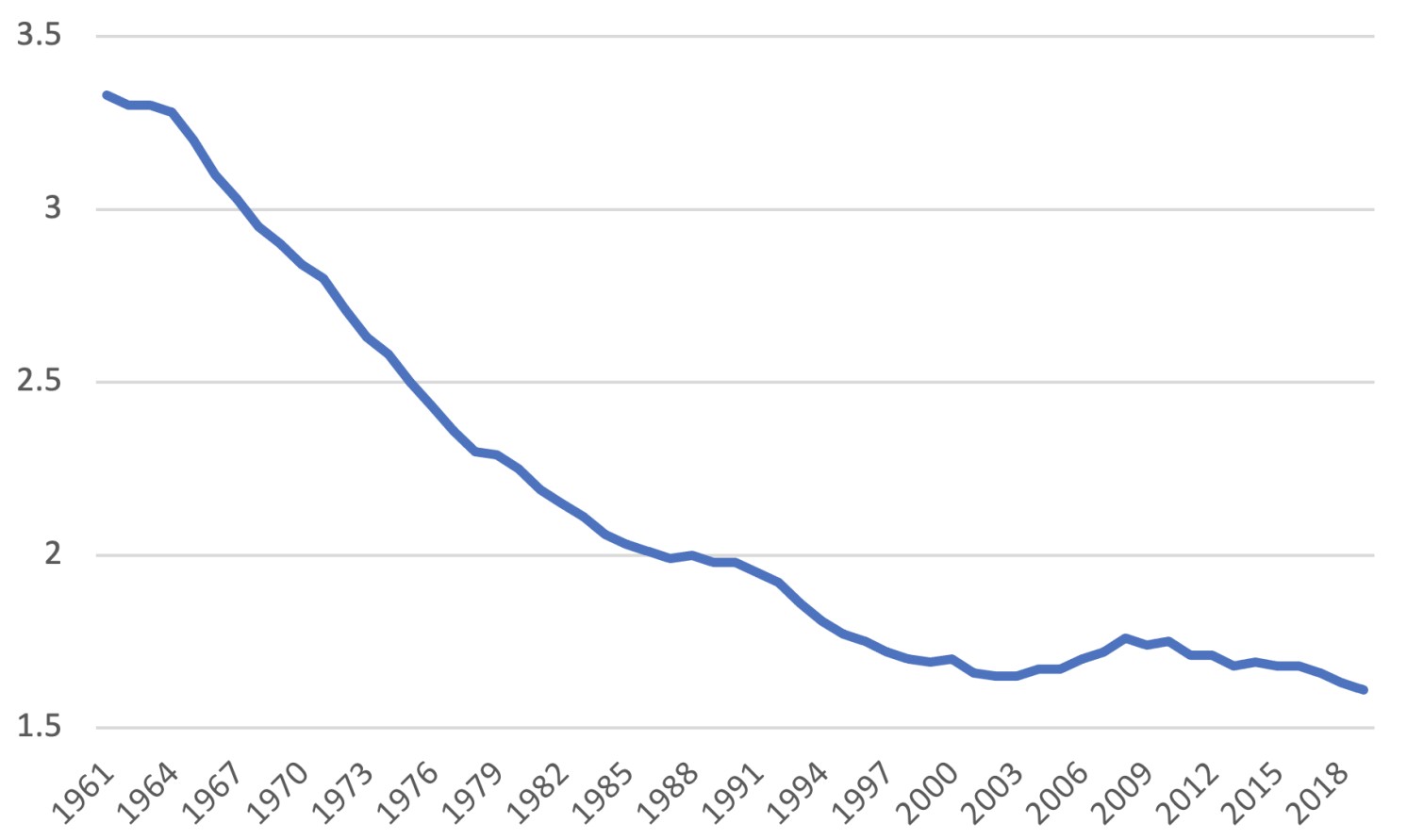
A groundbreaking study reveals how temporary employment shapes family planning decisions across Germany and Australia, with job security emerging as a key factor in declining birth rates.
Research by the Melbourne Institute shows temporary workers are markedly less likely to start families compared to those with permanent positions. The impact varies notably between the two countries, reflecting their distinct approaches to employment and family support.
In Australia, where casual employment reaches 19% of the workforce and fixed-term contracts account for 9%, temporary workers face steep challenges in family planning. The study found Australian women in casual roles are 29.5% less likely to have their first child compared to permanent workers.
The German labor market, characterized by 14% fixed-term contracts, presents its own hurdles. Women on fixed-term contracts show a 22.3% lower likelihood of having their first child, while those without formal contracts face an even steeper 47.9% reduction.
Young workers are particularly affected, with temporary employment dominating early careers. In Australia, 59% of workers aged 18-24 hold temporary positions, while Germany shows similar patterns with 56% in this age group.
The contrast between Australian and German family support systems plays a decisive role. German families maintain 93% of their pre-birth household income after welcoming a child, while Australian families retain only 59%. Childcare costs amplify this disparity - German families spend roughly 1% of net income on childcare, compared to 20% in Australia.
Women face additional challenges beyond financial considerations. The research highlights how female workers must balance both income security and career stability, particularly as they often shoulder primary caregiving responsibilities.
The findings underscore how institutional frameworks and employment policies directly influence birth rates. Germany's comprehensive parental leave reforms and subsidized childcare create a more supportive environment for new parents, while Australia's higher costs and limited support present extra barriers.
As developed nations grapple with declining birth rates alongside rising temporary employment, these insights offer valuable guidance for policymakers seeking to address both workplace stability and population challenges.